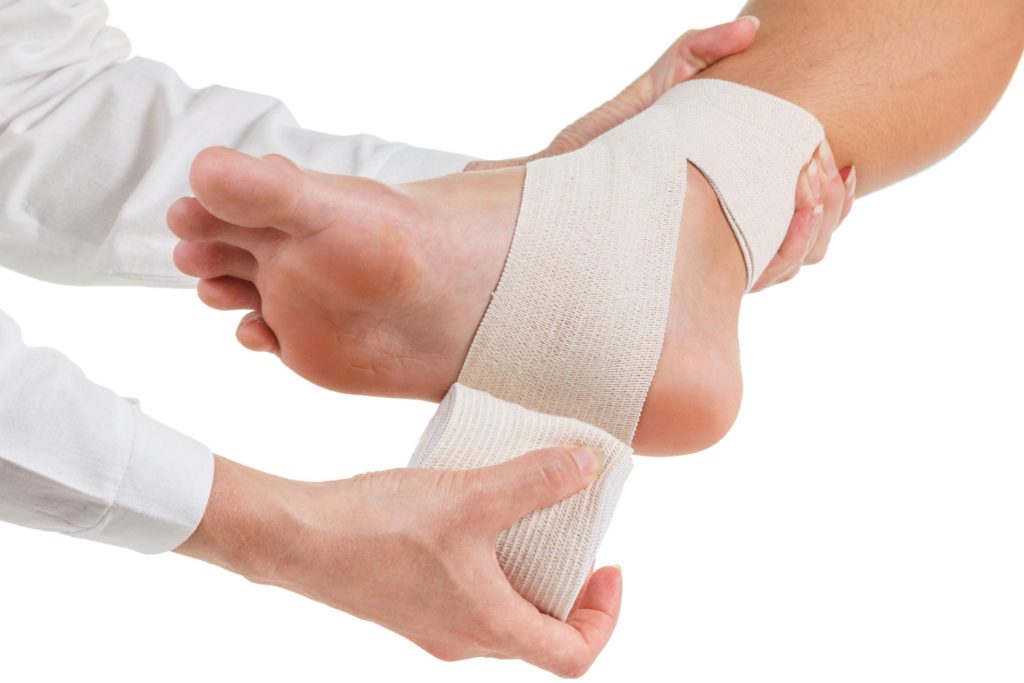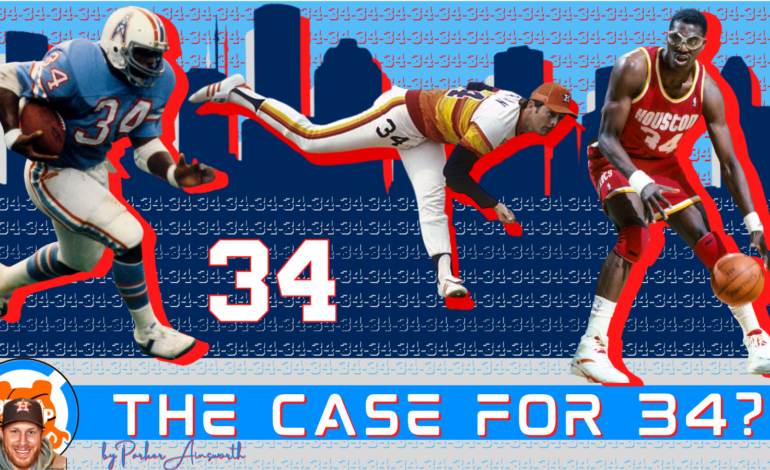If you are an athlete, then you know that injuries are a part of the game. However, you may also know that recovering from those injuries can be difficult and time-consuming. This blog post will discuss how to recover from a sports injury quickly and safely and also provide tips on how to reduce inflammation, speed up the healing process, and prevent future injuries. Follow these tips, and you will be back in the game in no time!
1) Get Plenty of Rest
This may seem like an obvious one, but it is important to give your body the time it needs to heal. Depending on the severity of your injury, you may need to take a few days off from training or even from work. It is important to listen to your body and not push yourself too hard.
For example, if you are trying to recover from an ankle sprain, then staying off your feet as much as possible is key. But if you have a more serious injury like an ACL tear, then you will likely need surgery and several months of rehabilitation before you can return to activity. Either way, getting plenty of rest is crucial for healing and should be your number one priority.
2) Ice the Injured Area

Applying ice to the injured area can help reduce inflammation and pain. Ice should be applied for 15-20 minutes at a time, several times a day. However, do not apply ice directly to the skin, as this can cause tissue damage. Instead, wrap the ice in a towel or use an ice pack.
If you are experiencing swelling, then you can also elevate the injured area above your heart to help reduce the swelling. Just make sure that you do not put too much pressure on the injury, as this can delay healing.
3) Take Anti-inflammatory Medication
If you are in pain, then over-the-counter anti-inflammatory medication can help. For example, ibuprofen (Advil) and naproxen (Aleve) are both effective at reducing inflammation and pain. Just be sure to follow the directions on the bottle and do not take more than the recommended dosage.
If your pain is severe, then you may need a prescription-strength anti-inflammatory medication from your doctor. These are typically only used for a short period of time, however, as they can have side effects such as stomach ulcers.
4) Use Compression and Taping

Compression bandages and cuboid syndrome KT Taping can help support the injured area and prevent further injury. They can also help reduce swelling. Just be sure that the bandage or brace is not too tight, as this can cut off circulation.
If you have a more serious injury, then you may need to wear a cast or splint for several weeks. This will protect the injured area while it heals and prevents you from moving it too much.
After following these tips, you should start to feel better within a few days to a week. But remember, every injury is different and heals at its own pace. So if your pain persists or gets worse, then be sure to see your doctor right away. With proper care, you will be back to your old self in no time!
Come check out Belly Up Sports on Twitter for more sports and entertainment news and content.






